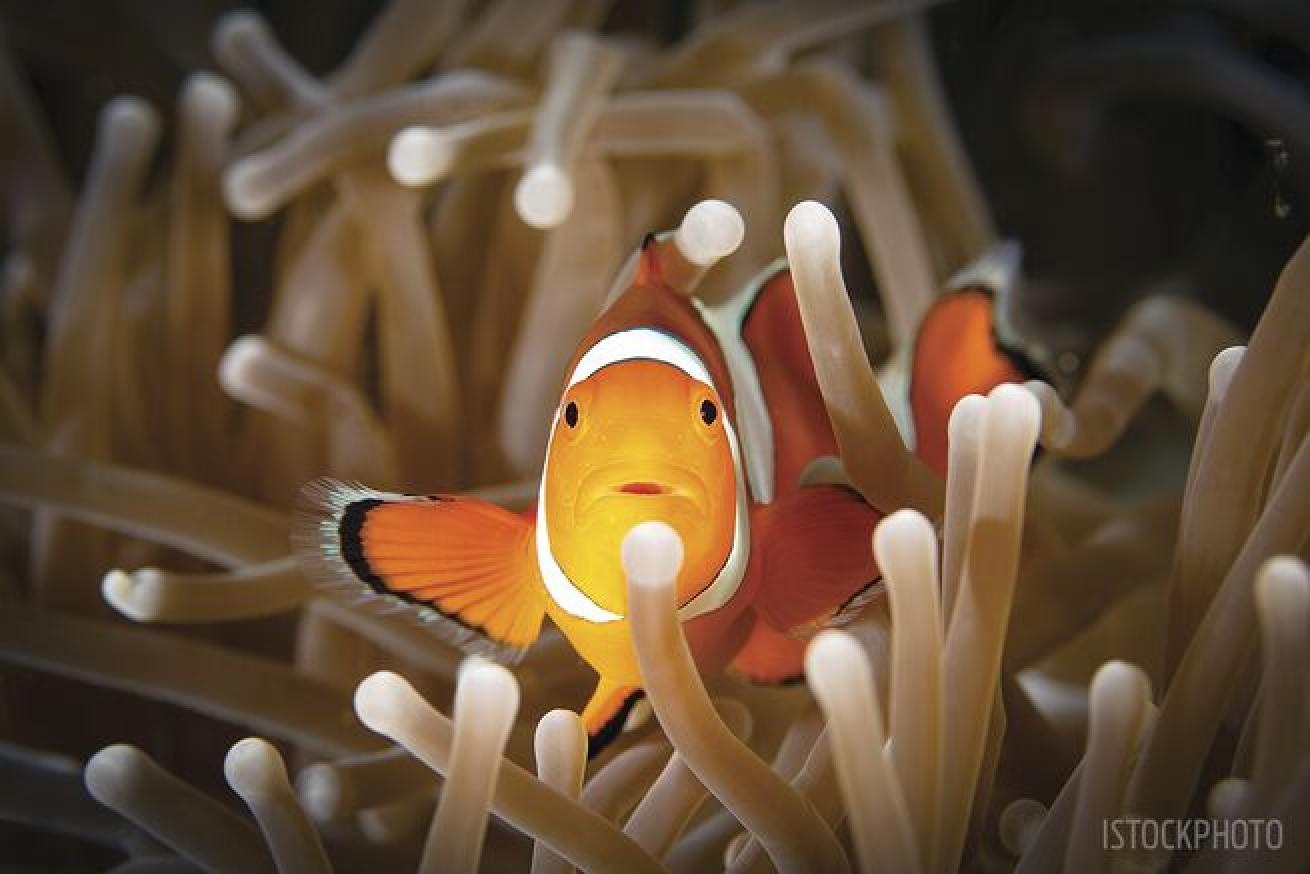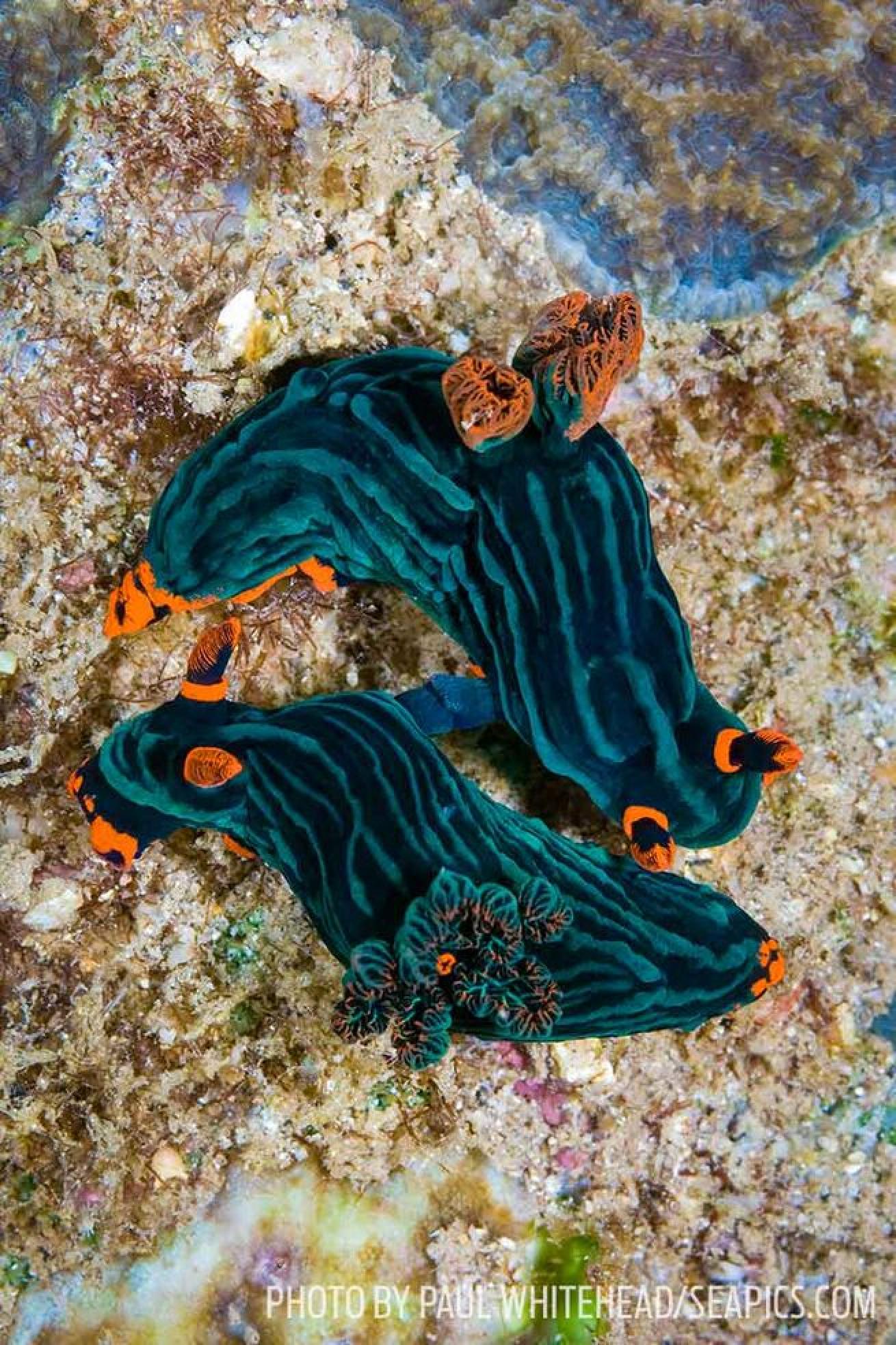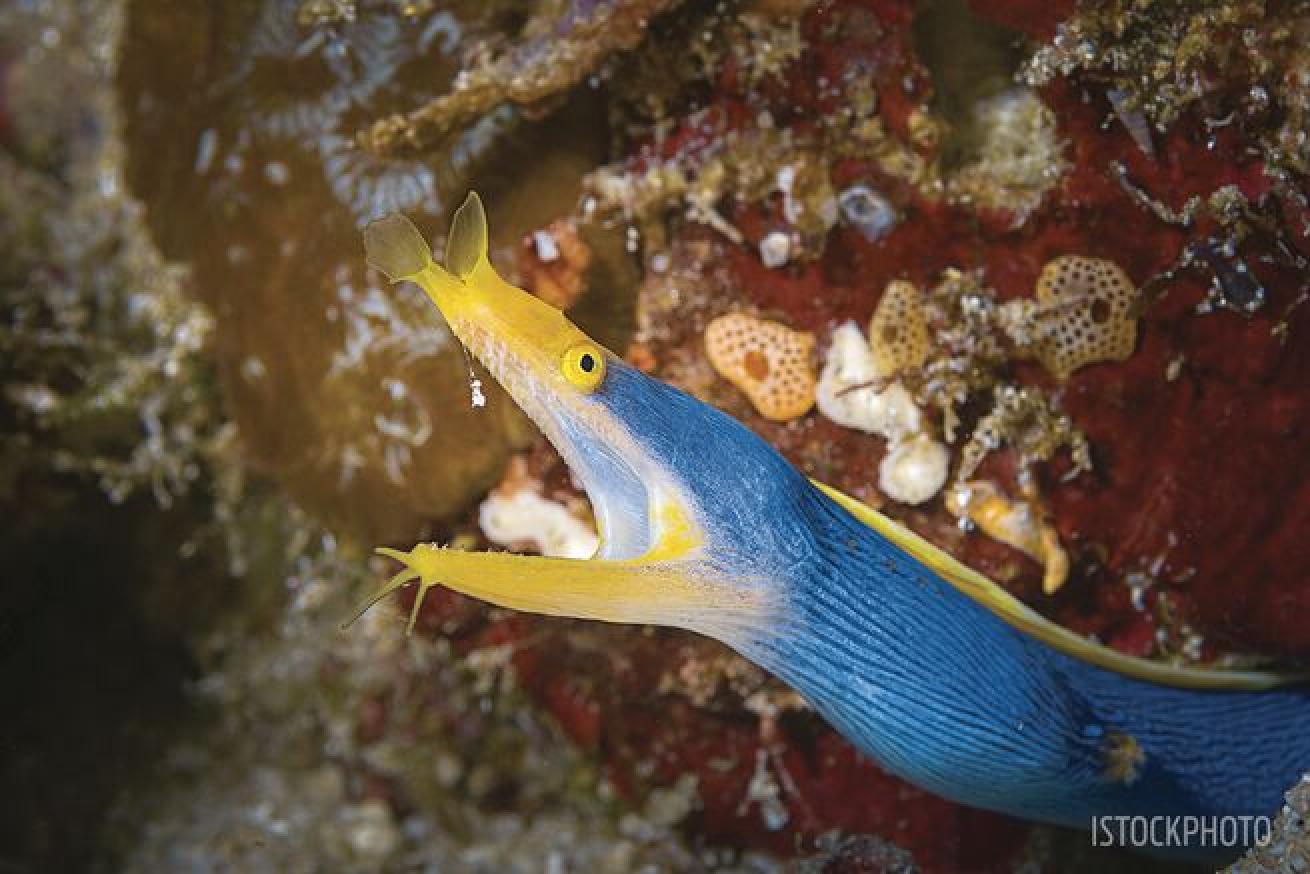Sex Change in the Sea: Facts About Gender-Bending Fishes
Ever wonder what life is like for the opposite sex? Just ask a parrotfish. Or oyster. They know, as do millions of other marine animals that are both male and female within a lifetime.
Clownfish

iStockphotoA clownfish in its anemone home
Disney portrayed Nemo’s home as nurturing, but in reality, clownfish life is ruled by a strict social hierarchy. The two biggest clownfish in the anemone are the mating pair, with the female larger in size than the male. To maintain exclusive mating rights, the female intimidates her own mate, ensuring he doesn’t grow too big and begin to turn into a female. The male, in turn, harasses the largest juvenile, who in turn, bullies the juvenile below him, and so on. When the female dies, everyone moves up a notch: The male transitions to female, and the biggest juvenile matures into the adult male.
This is why Disney took some creative license with Finding Nemo. In reality, after Nemo’s mom died, Nemo’s dad, Marlin, would have transitioned to Marlene, and Nemo would have grown up and mated with his father-turned-mother. Not exactly a G-rated tale.
Parrotfish

iStockphotoA parrotfish, seen off the coast of Bonaire
Compared with eggs, sperm is cheap to make. This means that, in general, one male makes enough sperm to fertilize eggs from multiple females. Thus, the popularity of harems. Females in these groups benefit from access to genes from a strong, big male (who defends the harem), and males have access to plenty of eggs.
But this strategy means only the biggest males can mate. A small adult male may wait years to lose his virginity. Unless he’s a parrotfish. Or one of dozens of other species of sex-changers that start life as a small female, mate with a male and then become male when big enough to challenge other males. Known as protogynous hermaphroditism (meaning “female first”), the process takes a few weeks and is a complete transformation: internal ovaries dissolve, and in their place, testes grow; externally, the female’s body shape shifts, as does her coloration.
Related Reading: An Unforgettable Dive: Parrotfish in Paradise
Nudibranchs

Paul Whitehead/seapics.comTwo mating nudibranchs
Not all sex change in the sea is sequential. Many species embrace life lived as both male and female at the same time. Such simultaneous hermaphrodites benefit from being able to mate with any individual from their species. And in nudibranchs, these couples often form ... well, something we can’t print. Lining up side by side but facing opposite directions, two hermaphroditic nudibranchs will simultaneously penetrate each other. This reciprocal mating stance means each partner gives and receives sperm. It’s a way to balance the unequal burden of reproduction — both individuals will have to carry the cost of laying fertilized eggs.
Related Reading: How to Photograph Eels
Ribbon Eels

iStockphotoA male ribbon eel in Lombok, Indonesia
Ribbon eels, beautiful denizens of Caribbean reef crevices, are one of the few fish species that change sex from male to female — the reverse order from parrotfish and the majority of other fish species. Known as protandrous hermaphroditism (meaning “male first”), this form of sequential hermaphroditism is much more common in invertebrates, including some of our favorite shellfish: oysters and shrimp. But these lack the magnificent color transformation that is the hallmark of the ribbon eel.
A treat to observe for any diver, the bright-blue-and-gold form of the ribbon eel most commonly observed is the mature male stage. Juveniles are jet-black, with a yellow racing stripe down the back. As they grow, the black fades, replaced by that remarkable blue of the male. After living most of its adult life looking like a Swedish flag, the male then undergoes a final transformation into a female; the bright yellow in the male’s dorsal fin spreads over the entire eel’s body. Yellow from snout to tail tip, she is splendid, and not often seen on the reef, her days more limited than when she lived as a male.










